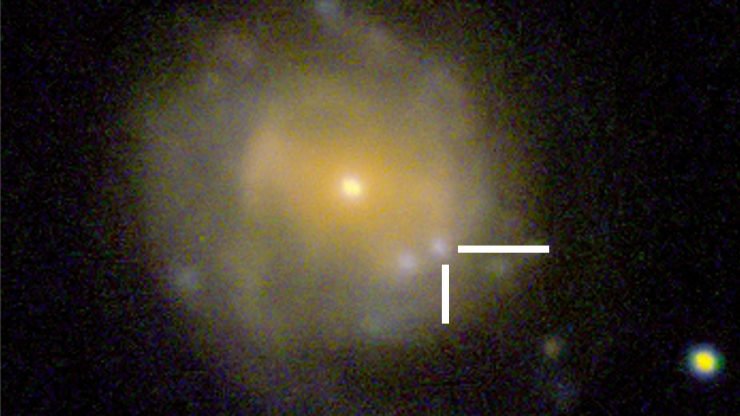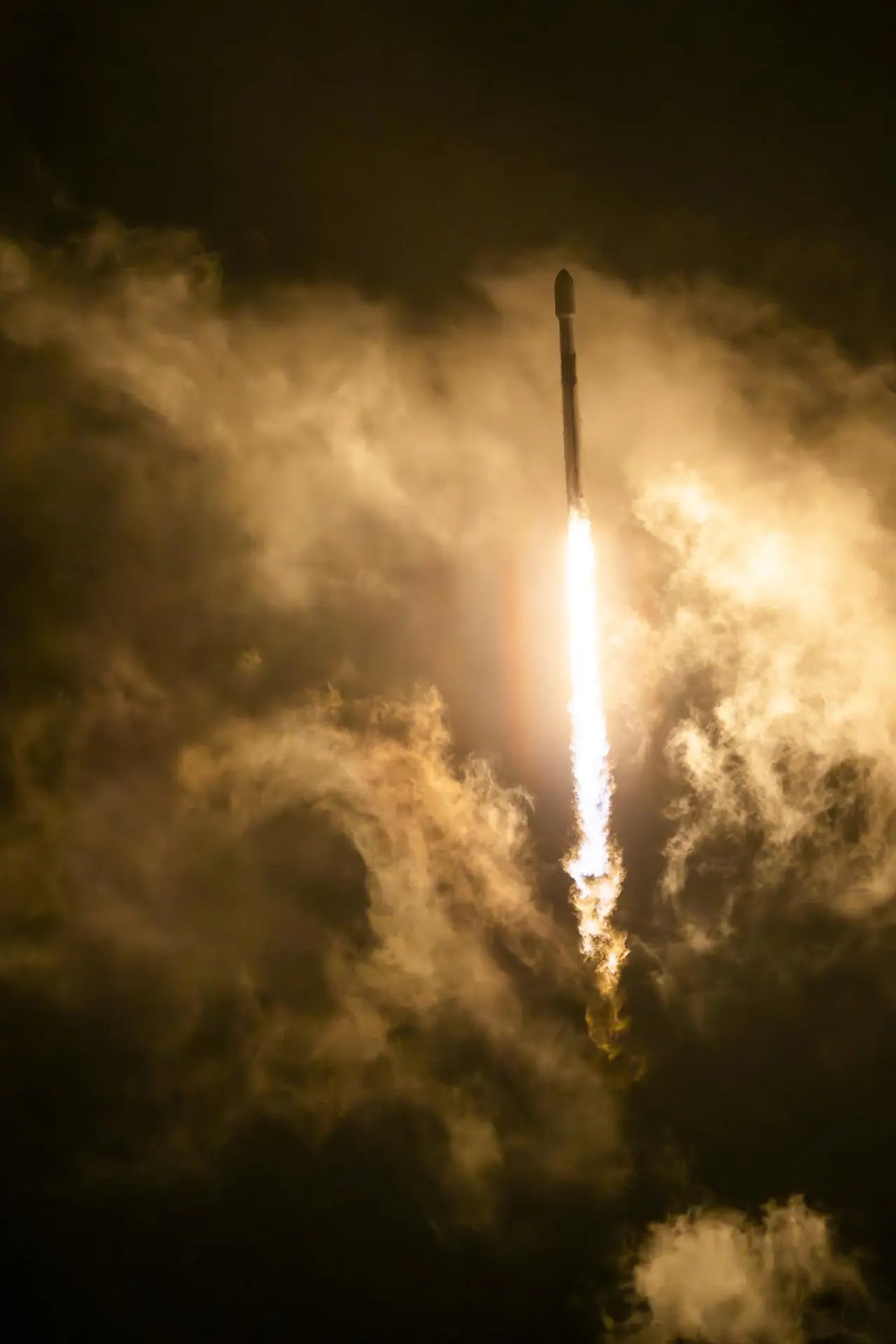NASA missions are the epitome of engineering, computer science and innovation. This is where technology and human creativity delivers the best to solve the simplest and the most complex of problems.
A brief and unusual flash spotted in the night sky on June 16, 2018, puzzled astronomers and astrophysicists across the globe. The event – called
AT2018cow and nicknamed “the Cow” after the coincidental final letters in its official name – is unlike any celestial outburst ever seen before,
prompting multiple theories about its source.
Over three days, the Cow produced a sudden explosion of light at least 10 times brighter than a typical supernova, and then it faded over the next few months. This unusual event occurred inside or near a star-forming galaxy known as CGCG 137-068, located about 200 million light-years away in the constellation Hercules. The Cow was first observed by the NASA-funded Asteroid Terrestrial-impact Last Alert System telescope in Hawaii.
So exactly what is the Cow? Using data from multiple NASA missions, including the Neil Gehrels Swift Observatory and the Nuclear Spectroscopic Telescope Array (NuSTAR), two groups are publishing papers that provide possible explanations for the Cow’s origins. One paper argues that the Cow is a monster black hole shredding a passing star. The second paper hypothesizes that it is a supernova – a stellar explosion – that gave birth to a black hole or a neutron star.
Researchers from both teams shared their interpretations at a panel discussion on Thursday, Jan. 10, at the 233rd American Astronomical Society meeting in Seattle.
One potential explanation of the Cow is that a star has been ripped apart in what astronomers call a “tidal disruption event.” Just as the Moon’s gravity causes Earth’s oceans to bulge, creating tides, a black hole has a similar but more powerful effect on an approaching star, ultimately breaking it apart into a stream of gas. The tail of the gas stream is flung out of the system, but the leading edge swings back around the black hole, collides with itself and creates an elliptical cloud of material. According to one research team using data spanning from infrared radiation to gamma rays from Swift and other observatories, this transformation best explains the Cow’s behavior.
“We’ve never seen anything exactly like the Cow, which is very exciting,” said Amy Lien, an assistant research scientist at the University of Maryland, Baltimore County and NASA’s Goddard Space Flight Center in Greenbelt, Maryland. “We think a tidal disruption created the quick, really unusual burst of light at the beginning of the event and best explains Swift’s multiwavelength observations as it faded over the next few months.”
There is a common misconception that NASA is consuming a huge budget.
Today’s NASA’s actual $19 Billion Budget is less than half of what it was in mid 1960s at $48 Billion or $377 Billion inflation adjusted for today’s dollar.
All these discoveries that gives us purpose, direction and meaning – all of it comes from this ½ percent investment, and it is this investment that has made United States a leading nation in the field of science.
Imagine for a moment if all the nations of the world competed with each other in space exploration as we compete in military prowess where the humankind would be today.
It is intriguing how this fast this technology is evolving and impacting our lives.
I try to write about science, space and technology stories on my website, one for referencing back when you are writing something or researching, and two to share with everyone.
If you like this story you should check out some of the other stories in the Space
To check the original story Click here







